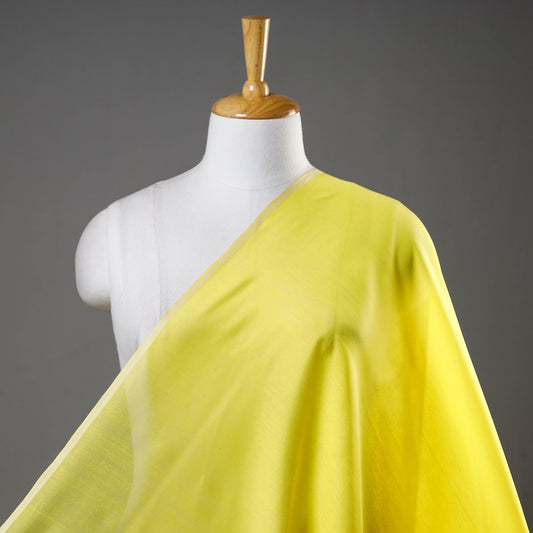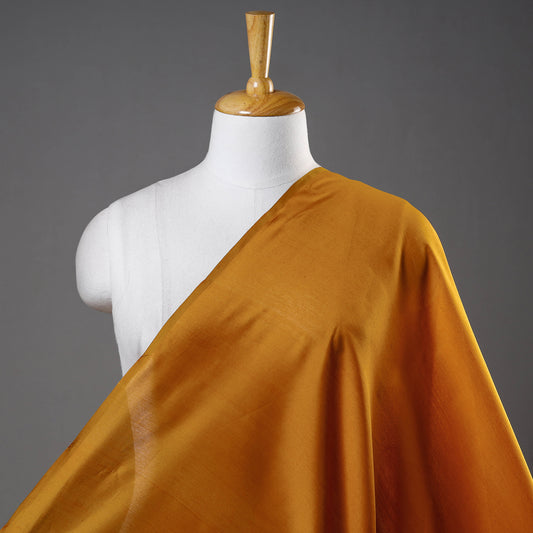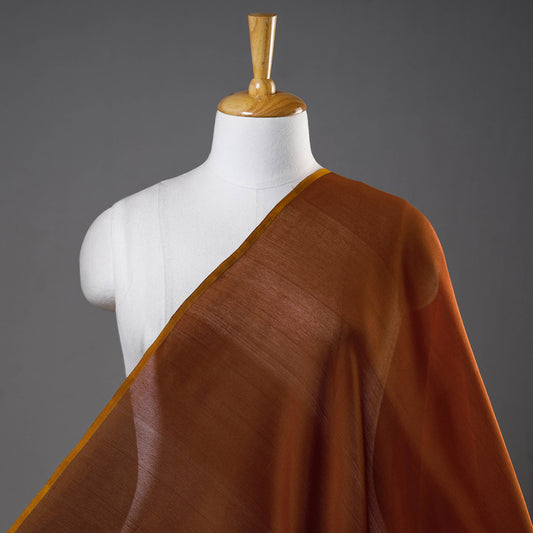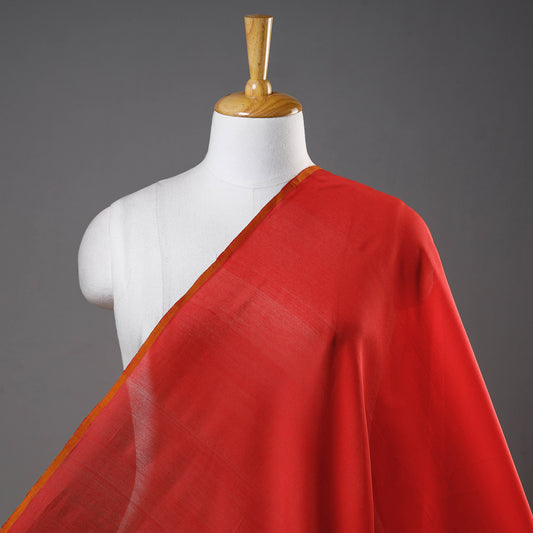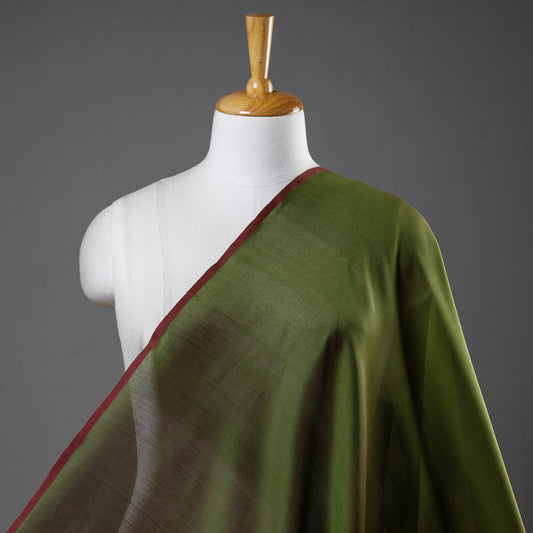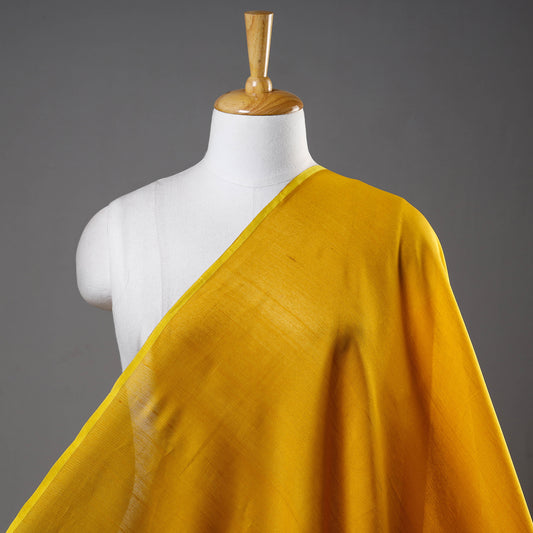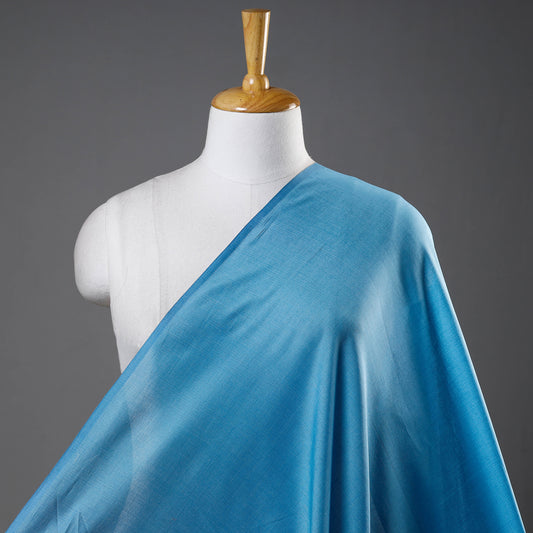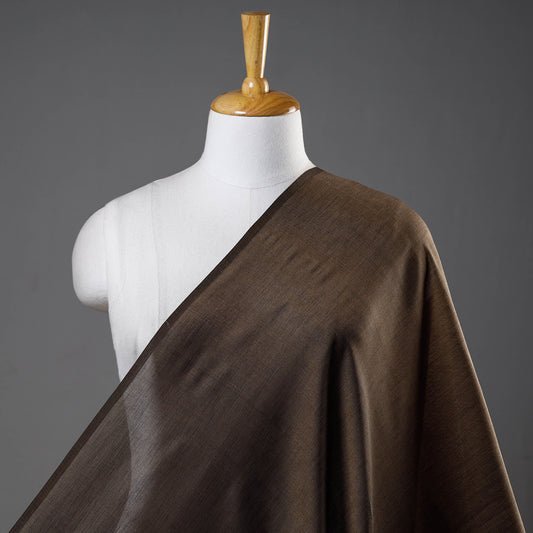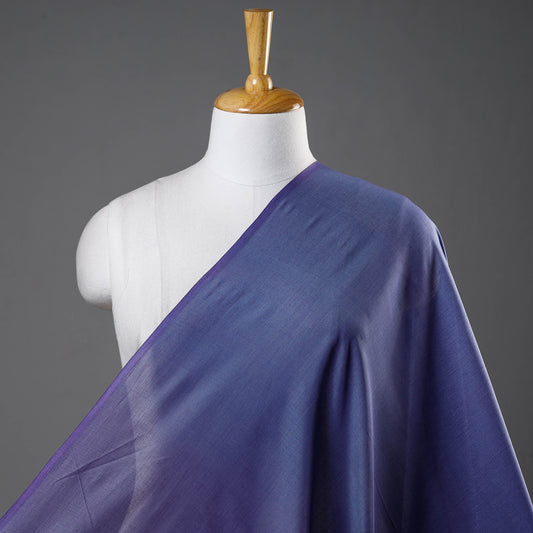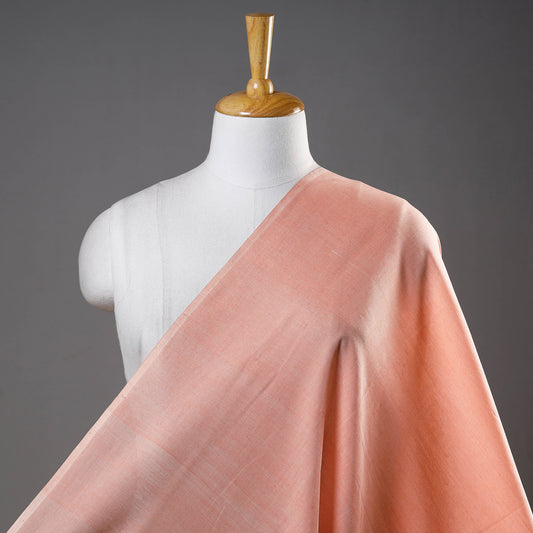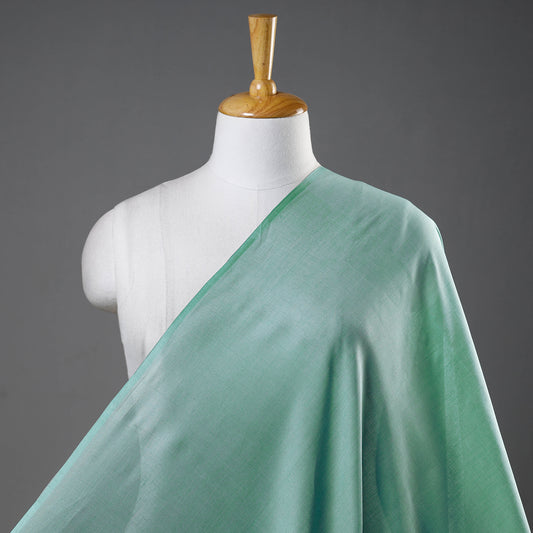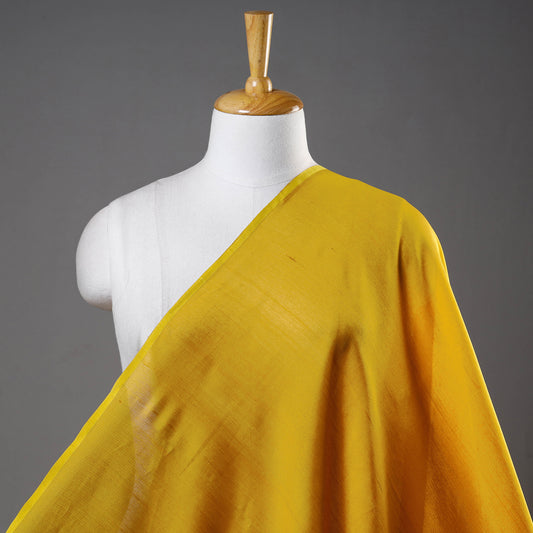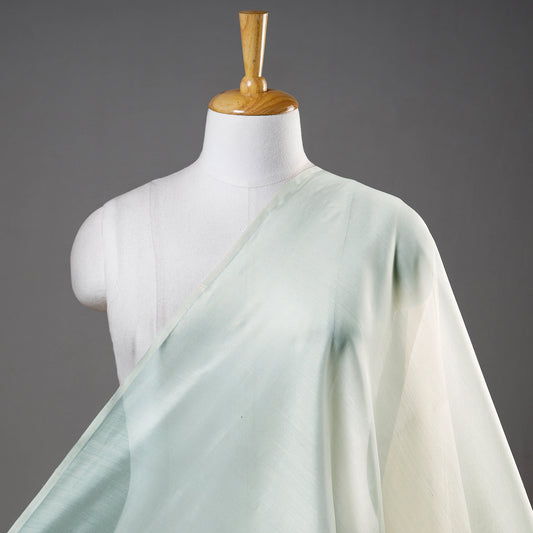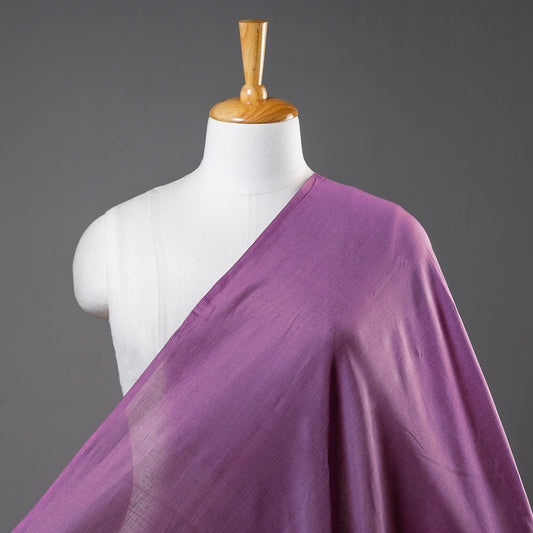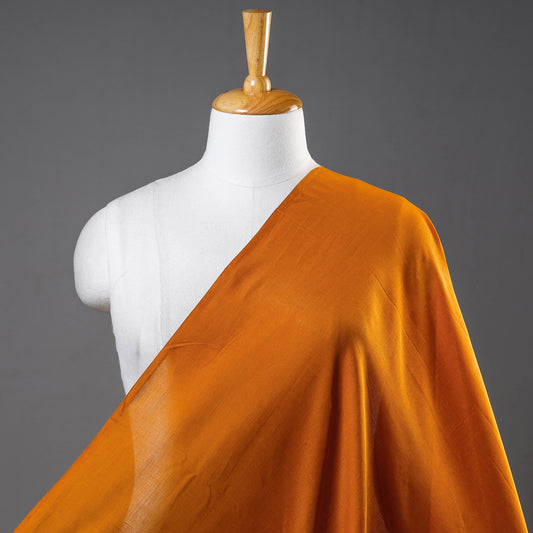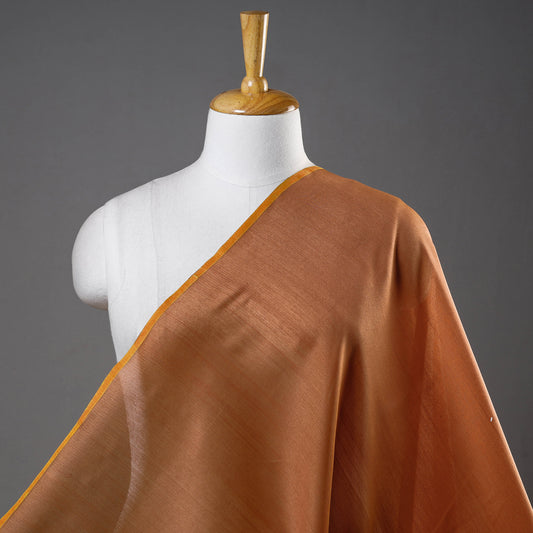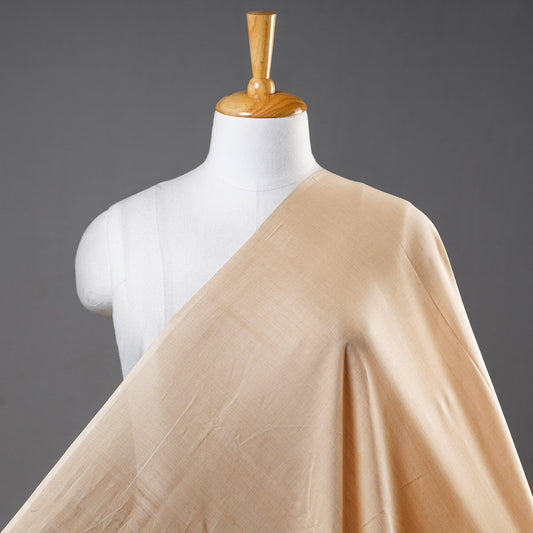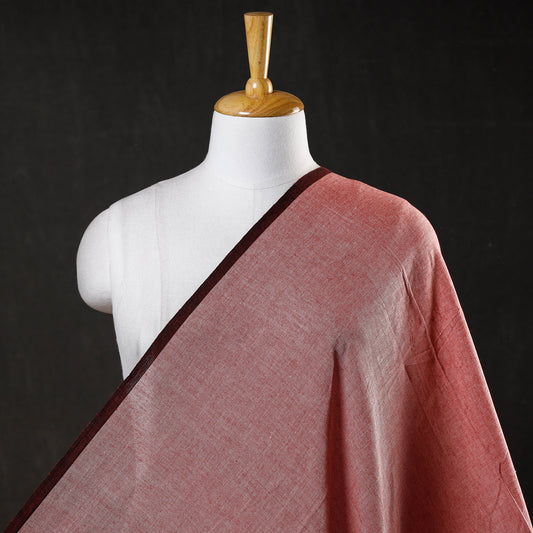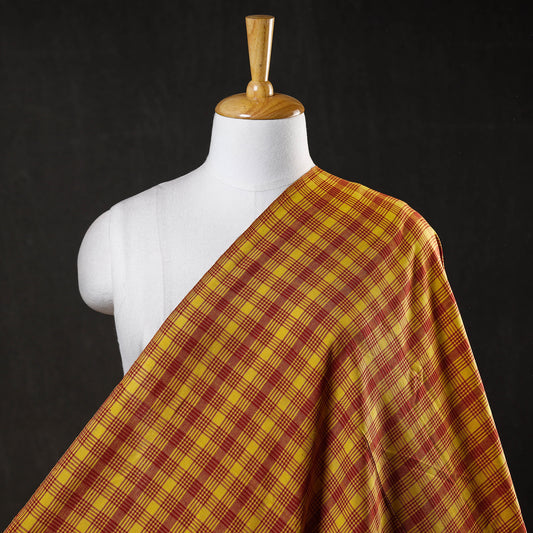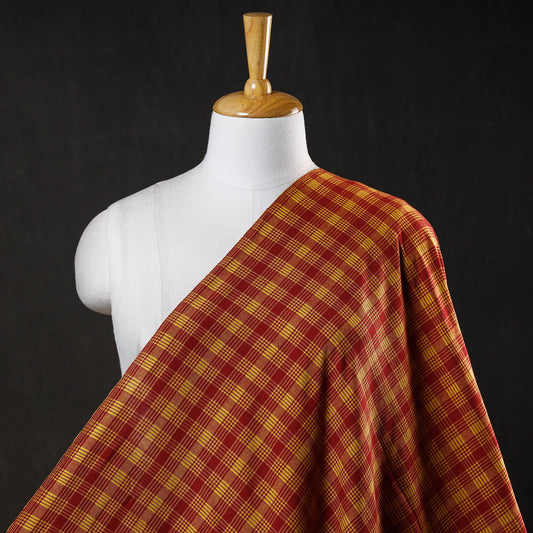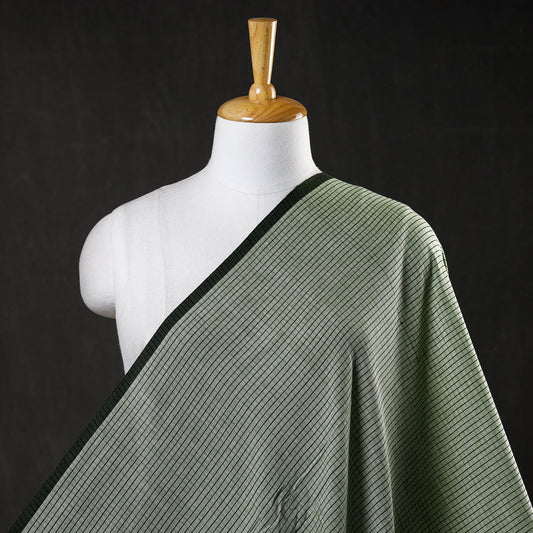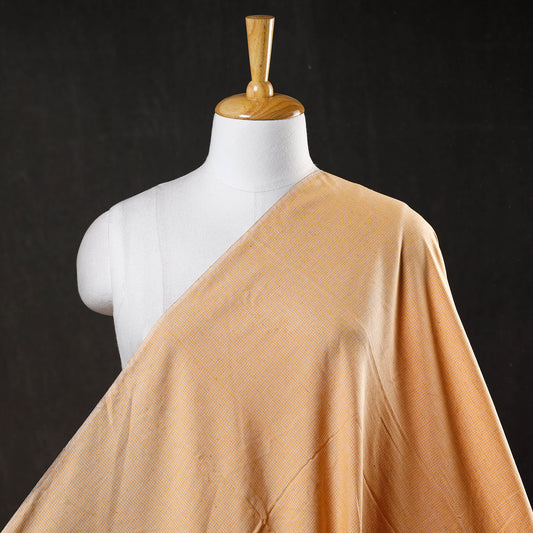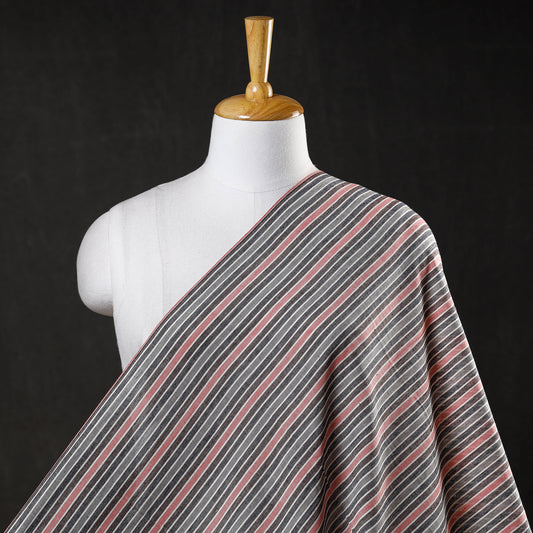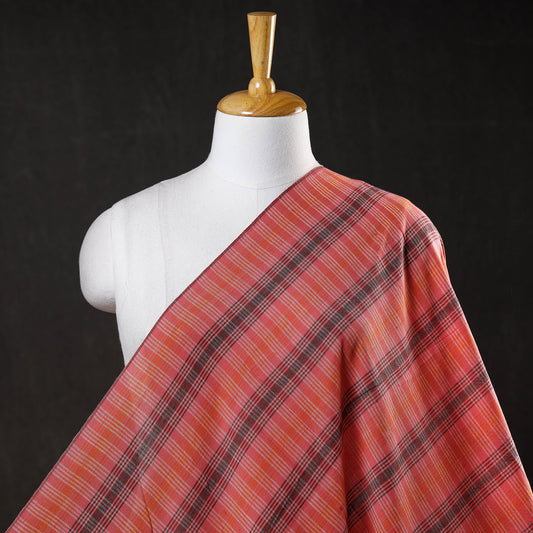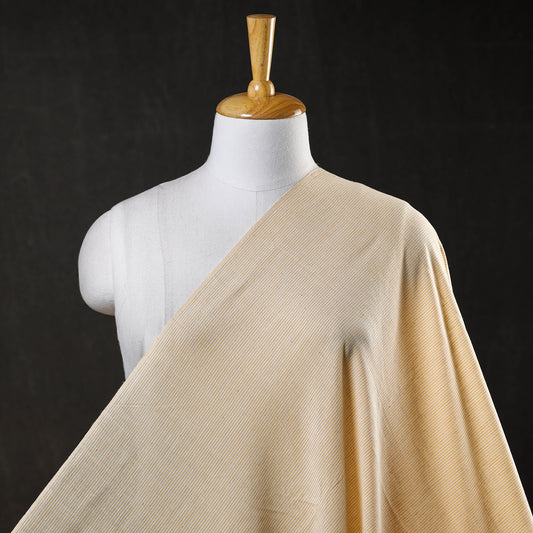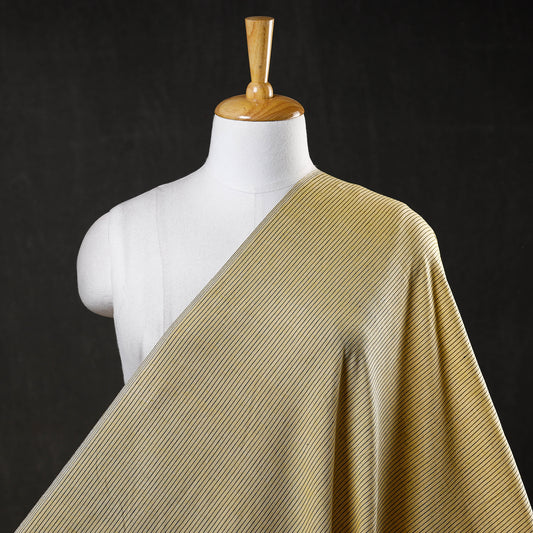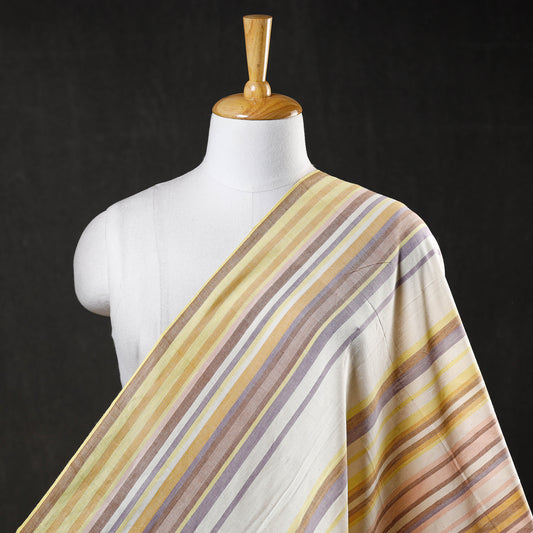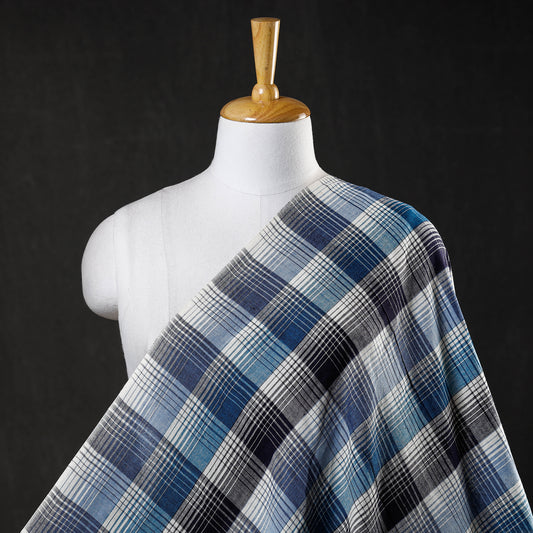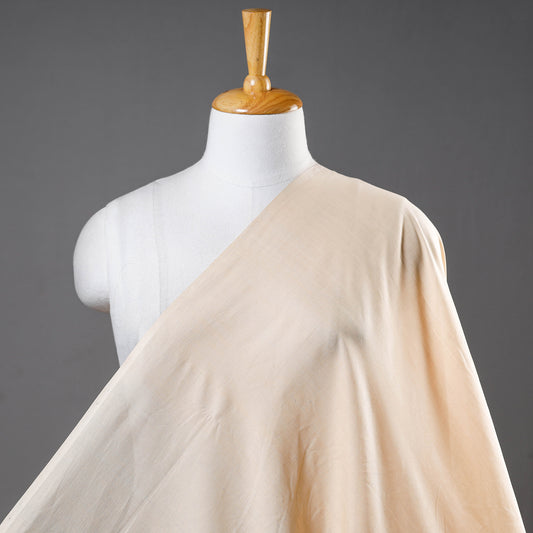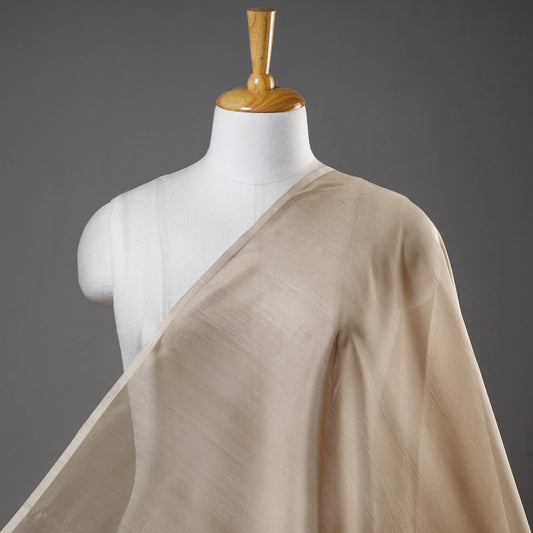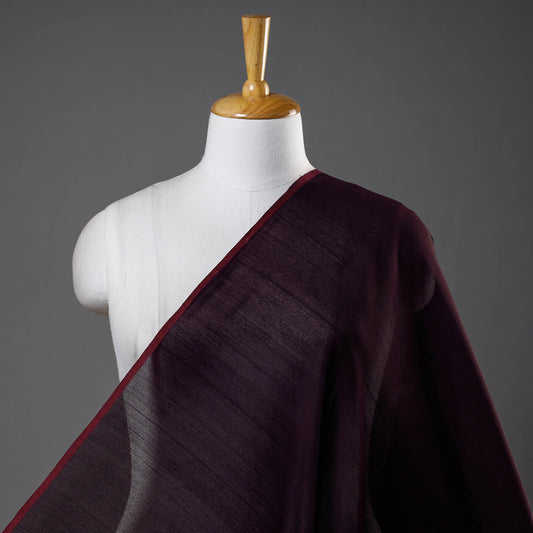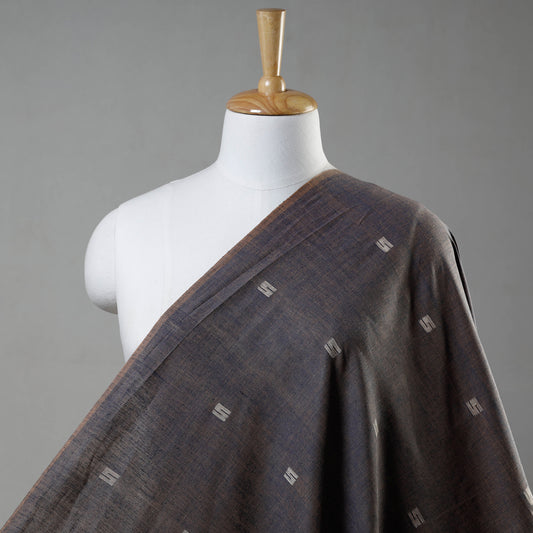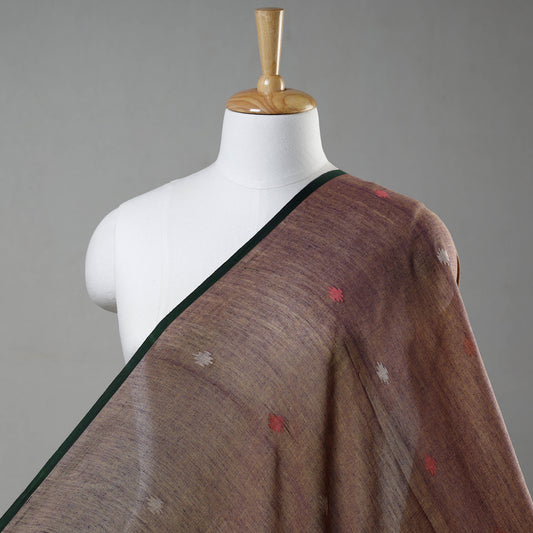Discover the Artistry of Indian Handloom Fabrics with iTokri
India’s handloom fabrics are more than just textiles; they are a living testament to the country’s rich cultural heritage, craftsmanship, and the resilience of artisan communities. At iTokri, we are not just selling fabrics; we are preserving a tradition that has been passed down through generations. Each piece of handloom fabric in our collection embodies centuries of skill, dedication, and the unique stories of the artisans who create them.
The Historical Roots of Handloom Weaving in India
Handloom weaving is an ancient craft in India, dating back over 2,000 years. The art form has been central to the economic and cultural life of the country, particularly in rural areas where entire communities are involved in the process of weaving. The Indus Valley Civilization is one of the earliest known instances where weaving was a significant part of daily life, and over time, this tradition evolved into the diverse forms of handloom weaving we see today.
One of the most significant periods in the history of Indian handloom was during the Mughal era, which saw the flourishing of fine muslin, brocades, and silks. The Mughal emperors were great patrons of the arts, and under their rule, Indian textiles gained international fame. Indian muslin, often referred to as "woven air" for its sheer quality, was highly prized in royal courts across Europe and Asia.
However, the advent of British colonial rule brought challenges to the handloom industry. The British promoted machine-made textiles from England, leading to the decline of traditional Indian handlooms. Despite this, the resilience of Indian weavers ensured the survival of this craft. Mahatma Gandhi’s promotion of the Swadeshi movement, which encouraged the use of Indian-made goods, including handloom fabrics, played a pivotal role in revitalizing the industry.
Regional Diversity: The Heartbeat of Indian Handloom
India’s diverse geography and culture have given rise to a wide variety of handloom fabrics, each with its unique characteristics and techniques. These fabrics are not just commodities; they are cultural symbols that carry the essence of the regions they originate from.
1. West Bengal’s Jamdani and Muslin:
Jamdani weaving is a fine art that dates back over 2,000 years, with roots in the Bengal region. The intricate patterns of Jamdani are created using a supplementary weft technique, where motifs are woven into the fabric by hand. This labor-intensive process makes each piece unique, often taking several weeks or even months to complete. The weavers of Phulia and Shantipur in West Bengal continue this tradition, producing some of the finest Jamdani saris in the world.
2. Tamil Nadu’s Kanchipuram Silks:
Known for their vibrant colors and rich texture, Kanchipuram silks are a staple in South Indian culture, especially during weddings and festivals. The town of Kanchipuram has been a hub for silk weaving for over 400 years, with techniques passed down through generations. The silk is sourced from the mulberry farms of Tamil Nadu, and the saris are characterized by their contrast borders and temple-inspired motifs.
3. Gujarat’s Patola and Bandhani:
Patola, a double ikat weaving technique, is one of the most complex and expensive forms of handloom weaving. Originating from the town of Patan in Gujarat, Patola saris are known for their vibrant colors and intricate patterns. The Salvi family of Patan has been preserving this craft for centuries, making each sari a prized possession. Bandhani, another craft from Gujarat, involves tie-dyeing the fabric in intricate patterns, creating vibrant textiles that are deeply rooted in the region’s culture.
4. Assam’s Eri and Muga Silks:
Assam’s silk industry is unique in the world, producing Eri and Muga silks that are prized for their durability and natural sheen. Eri silk, also known as Ahimsa silk, is made without killing the silkworm, making it a popular choice among those who seek cruelty-free fabrics. Muga silk, with its natural golden color, is exclusive to Assam and is known for its longevity, often being passed down as heirlooms.
5. Telangana’s Pochampally Ikat:
Pochampally ikat from Telangana is renowned for its geometric patterns and vibrant colors. The town of Pochampally has become synonymous with this intricate weaving technique, where both the warp and weft threads are tie-dyed before weaving. This creates a unique visual effect, with patterns that appear to be blurred, a characteristic feature of ikat.
The People Behind the Craft: Stories of Resilience and Dedication
The artisans who create these handloom fabrics are the backbone of the industry. Their stories are ones of resilience, dedication, and an unwavering commitment to their craft. At iTokri, we work closely with these artisans, ensuring that their stories are told and their crafts are appreciated by a global audience.
One such story is that of the Chippa community in Rajasthan, who have been practicing hand block printing for generations. The Chippas use natural dyes and wooden blocks to create intricate patterns on fabric, a skill that has been passed down through their community for centuries. Despite the challenges posed by modernity and the decline in demand for handmade textiles, the Chippas remain committed to their craft, creating stunning pieces that are both culturally significant and aesthetically pleasing.
Another inspiring story is that of the weavers of Sualkuchi in Assam, often referred to as the “Manchester of the East.” These weavers have been producing Muga silk for centuries, a craft that is integral to Assamese culture. Despite the labor-intensive process and the high costs associated with Muga silk production, the weavers of Sualkuchi continue to produce some of the finest silks in the world, keeping the tradition alive for future generations.
iTokri: Your Gateway to Authentic Handloom Fabrics
At iTokri, we are more than just an e-commerce platform; we are a movement dedicated to preserving and promoting the rich heritage of Indian handloom fabrics. Here’s what sets us apart:
-
Authenticity and Trust: We source our handloom fabrics directly from the artisans who create them, ensuring that each piece is authentic and of the highest quality. By maintaining direct relationships with our artisan partners, we guarantee that every fabric we sell is ethically sourced and supports the communities that produce them.
-
Sustainability at Core: Sustainability is integral to our operations. We prioritize eco-friendly practices, from using natural dyes in our fabrics to employing recycled materials in our packaging. By choosing iTokri, you are making a conscious decision to support sustainable fashion.
-
Community and Engagement: We are committed to building a community around the crafts we promote. Through storytelling, we connect our customers with the artisans behind the products, fostering a deeper appreciation for the crafts and the people who create them.
-
Global Reach, Local Touch: While we cater to a global audience, our approach remains deeply rooted in local practices. We celebrate the fusion of traditional techniques with modern aesthetics, offering our customers a unique blend of the past and the present.
Join the iTokri Family
When you purchase handloom fabrics from iTokri, you are not just buying a product; you are becoming part of a community that values craftsmanship, sustainability, and cultural heritage. Each fabric you buy is a piece of history, woven by artisans who have dedicated their lives to preserving their craft. By choosing iTokri, you are supporting these artisans, ensuring that their traditions continue to thrive.
Explore our collection of handloom fabrics and discover the beauty and diversity of India’s textile traditions. Whether you are looking for a luxurious silk sari, a vibrant cotton kurta, or a unique piece of handwoven fabric, iTokri has something special for you. Join us in celebrating the art of handloom and be part of a movement that values authenticity, sustainability, and the timeless beauty of handcrafted textiles.
FAQs: Understanding Handloom Fabrics and Their Rich Heritage
1. What is handloom fabric, and how is it different from machine-made fabric?
Answer:
Handloom fabric is a type of textile that is woven by hand on a traditional loom, using age-old techniques passed down through generations. Unlike machine-made fabrics, which are produced in large quantities with minimal human intervention, handloom fabrics are crafted with meticulous care, where each piece reflects the skill and creativity of the artisan. This results in unique, one-of-a-kind fabrics that often have slight variations in texture and design, which are a hallmark of authenticity and craftsmanship.
2. Why is handloom fabric considered more sustainable?
Answer:
Handloom fabric is considered more sustainable because it is produced using eco-friendly methods. The process of handloom weaving typically requires less energy than machine weaving, and many artisans use natural dyes derived from plants, minerals, and other organic sources, which are less harmful to the environment. Additionally, handloom weaving supports small-scale, local economies, reducing the carbon footprint associated with mass production and long-distance shipping. By purchasing handloom fabric, you are supporting sustainable practices that contribute to environmental conservation.
3. What are the different types of handloom fabrics available in India?
Answer:
India is home to a diverse range of handloom fabrics, each with its unique characteristics and regional origins. Some of the most popular types include:
-
Jamdani and Muslin: Originating from West Bengal, these fabrics are known for their fine texture and intricate patterns.
-
Kanchipuram Silk: A luxurious silk fabric from Tamil Nadu, often used for weddings and special occasions.
-
Patola and Bandhani: Vibrant and intricate fabrics from Gujarat, known for their double ikat technique and tie-dye patterns.
-
Eri and Muga Silk: Unique silks from Assam, prized for their durability and natural sheen.
-
Pochampally Ikat: A geometric-patterned fabric from Telangana, created through a complex resist-dyeing technique.
4. How should I care for my handloom fabric to ensure its longevity?
Answer:
Caring for handloom fabric requires some attention to detail to preserve its beauty and longevity:
-
Washing: Handloom fabrics should generally be hand-washed in cold water with a mild detergent. Avoid wringing or twisting the fabric.
-
Drying: Dry the fabric in the shade to prevent colors from fading. Do not use a dryer, as the heat can damage the fibers.
-
Ironing: If ironing is necessary, use a low heat setting and iron the fabric while it is slightly damp. Place a cloth between the fabric and the iron to protect it.
-
Storage: Store handloom fabrics in a cool, dry place, preferably wrapped in a cotton cloth to allow the fabric to breathe.
5. Why are handloom fabrics more expensive than machine-made fabrics?
Answer:
Handloom fabrics tend to be more expensive due to the time, skill, and effort required to produce them. Each piece of handloom fabric is woven by hand, often taking days or even weeks to complete, depending on the complexity of the design. The use of natural dyes and high-quality raw materials also adds to the cost. Moreover, handloom weaving is a labor-intensive process that supports the livelihoods of artisans and their communities. The price reflects not only the quality of the fabric but also the cultural heritage and craftsmanship behind each piece.
6. How do I know if a handloom fabric is authentic?
Answer:
Authentic handloom fabrics have certain characteristics that distinguish them from machine-made or imitation products:
-
Texture and Irregularities: Look for slight irregularities in the weave or pattern, which indicate that the fabric was woven by hand. These imperfections are a sign of authenticity and add to the fabric's charm.
-
Selvedge: Handloom fabrics often have a neat, finished edge known as a selvedge, which prevents the fabric from unraveling.
-
Labels and Certifications: Many authentic handloom products come with a label or certification mark, such as the "Handloom Mark" in India, which guarantees that the fabric was made using traditional handloom techniques.
-
Artisan Stories: Buying from reputable sources like iTokri, which works directly with artisans, ensures that you are getting a genuine handloom product.
7. Can handloom fabrics be used for all types of clothing?
Answer:
Yes, handloom fabrics are incredibly versatile and can be used for a wide range of clothing and textile products, including:
-
Sarees and Kurtas: Handloom sarees and kurtas are popular for their unique patterns and comfort.
-
Dresses and Tops: Lightweight handloom fabrics like cotton and muslin are ideal for summer dresses and tops.
-
Home Textiles: Handloom fabrics are also used for curtains, bedspreads, cushion covers, and table linens, adding a touch of elegance and tradition to your home.
-
Accessories: Handloom scarves, stoles, and bags are stylish and environmentally friendly options for accessorizing.
8. How does purchasing handloom fabric support artisan communities?
Answer:
When you purchase handloom fabric, you are directly contributing to the livelihood of artisans and their families. Handloom weaving is often the primary source of income for these communities, and by buying their products, you help sustain this traditional craft. The money earned from selling handloom fabrics goes towards improving the quality of life in artisan communities, enabling them to invest in better tools, education, and healthcare. Moreover, supporting handloom also helps preserve cultural heritage, as these crafts are passed down through generations, ensuring that they continue to thrive.
9. Is handloom fabric suitable for all climates?
Answer:
Handloom fabrics are known for their breathability and comfort, making them suitable for various climates:
-
Hot Climates: Cotton and linen handloom fabrics are ideal for hot and humid climates as they are lightweight and allow air to circulate, keeping you cool.
-
Cold Climates: Woolen handloom fabrics, such as shawls and blankets from regions like Kashmir, provide warmth in colder climates.
-
Transitional Seasons: Silk and silk-blend handloom fabrics offer versatility, providing comfort in both mild and cool weather.
10. Why should I choose iTokri for purchasing handloom fabrics?
Answer:
iTokri is not just an online store; it’s a platform that connects you directly with the artisans who create these beautiful fabrics. Here’s why you should choose iTokri:
-
Authenticity: iTokri guarantees that every product is genuine and ethically sourced directly from artisan communities.
-
Cultural Preservation: By shopping at iTokri, you are helping to preserve traditional crafts and support the continuation of these art forms.
-
Sustainability: iTokri is committed to sustainability, using eco-friendly practices in both production and packaging.
-
Community Engagement: iTokri shares the stories of artisans, bringing you closer to the crafts and the people behind them.
-
Global Reach, Local Touch: iTokri offers a curated selection of products that blend traditional craftsmanship with modern design, serving a global audience while maintaining deep roots in local traditions.
iTokri पर भारतीय हैंडलूम कपड़ों की कला
भारत के हैंडलूम कपड़े सिर्फ वस्त्र नहीं हैं; वे देश की समृद्ध सांस्कृतिक धरोहर, कारीगरी, और कारीगर समुदायों की दृढ़ता के जीवंत प्रतीक हैं। iTokri पर, हम सिर्फ कपड़े नहीं बेच रहे हैं; हम एक परंपरा को संरक्षित कर रहे हैं, जो पीढ़ियों से चली आ रही है। हमारे संग्रह में प्रत्येक हैंडलूम कपड़ा सदियों की कौशल, समर्पण और उन कारीगरों की अनूठी कहानियों का प्रतीक है जो उन्हें बनाते हैं।
भारत में हैंडलूम बुनाई की ऐतिहासिक जड़ें
भारत में हैंडलूम बुनाई एक प्राचीन कला है, जिसकी शुरुआत 2,000 साल से भी पहले हुई थी। यह कला विशेष रूप से ग्रामीण क्षेत्रों में आर्थिक और सांस्कृतिक जीवन का एक महत्वपूर्ण हिस्सा रही है, जहां पूरी-पूरी बस्तियां इस प्रक्रिया में शामिल हैं। मुगल काल भारतीय हैंडलूम इतिहास का सबसे महत्वपूर्ण समय था, जब बढ़िया मलमल, ब्रोकैड और रेशम का खूब प्रसार हुआ। हालाँकि, ब्रिटिश उपनिवेश काल के दौरान हैंडलूम उद्योग को चुनौतियों का सामना करना पड़ा, लेकिन भारतीय बुनकरों की दृढ़ता ने इस कला को जीवित रखा।
भारतीय हैंडलूम की क्षेत्रीय विविधता
भारत की विविध भूगोल और संस्कृति ने विभिन्न प्रकार के हैंडलूम कपड़ों को जन्म दिया है, जिनमें से प्रत्येक की अपनी विशिष्ट विशेषताएं और तकनीकें हैं:
-
जामदानी और मलमल: पश्चिम बंगाल का बुनाई कला, जो अपनी बारीक बनावट और जटिल डिजाइनों के लिए प्रसिद्ध है।
-
कांचीपुरम रेशम: तमिलनाडु का एक शानदार रेशमी कपड़ा, जो शादियों और विशेष अवसरों पर पहना जाता है।
-
पटोला और बंधनी: गुजरात के जीवंत और जटिल कपड़े, जो अपनी डबल इकत तकनीक और टाई-डाई पैटर्न के लिए जाने जाते हैं।
-
एरी और मुगा रेशम: असम के अनोखे रेशम, जो अपनी मजबूती और प्राकृतिक चमक के लिए प्रसिद्ध हैं।
-
पोचमपल्ली इकत: तेलंगाना का एक ज्यामितीय पैटर्न वाला कपड़ा, जिसे एक जटिल प्रतिरोध-रंगाई तकनीक के माध्यम से बनाया जाता है।
कारीगरों की कहानियाँ: समर्पण और दृढ़ता
हैंडलूम कपड़े बनाने वाले कारीगर इस उद्योग की रीढ़ हैं। उनके कार्यों में कड़ी मेहनत, समर्पण और उनकी कला के प्रति अटूट प्रतिबद्धता की कहानियां छिपी होती हैं। iTokri पर, हम इन कारीगरों के साथ निकटता से काम करते हैं, यह सुनिश्चित करते हैं कि उनकी कहानियां दुनिया भर के दर्शकों तक पहुंचें।
iTokri: प्रामाणिक हैंडलूम कपड़ों के लिए आपका गेटवे
iTokri पर, हम सिर्फ एक ई-कॉमर्स प्लेटफॉर्म नहीं हैं; हम भारतीय हैंडलूम कपड़ों की समृद्ध धरोहर को संरक्षित और बढ़ावा देने के लिए एक आंदोलन हैं। iTokri के साथ खरीदारी करते हुए आप न केवल उच्च गुणवत्ता वाले उत्पाद में निवेश कर रहे हैं, बल्कि एक ऐसी परंपरा और समुदाय का हिस्सा भी बन रहे हैं जो कारीगरी, स्थिरता, और सांस्कृतिक धरोहर को महत्व देता है।




























































